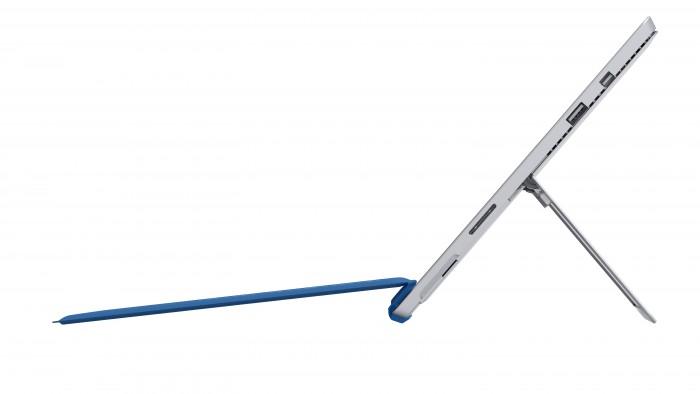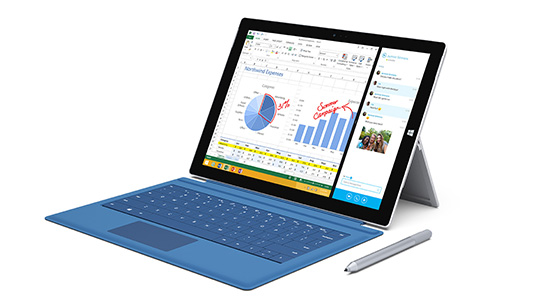Microsoft’s New Surface Makes A Strong Case For Device Consolidation
Yesterday, Microsoft released the Surface Pro 3, a 12" touchscreen device billed as "the tablet that can replace your laptop." Sporting some hard-core computing bona fides (including Intel processors and Windows 8.1) and new innovations (like an active stylus that activates note-taking outside of the lock screen), the device in its third generation offers a new level of mobility despite having a larger screen than its predecessors in the Surface line. It's worth taking a look at:


Microsoft designed the Surface Pro 3 with a variety of seemingly incremental improvements that, once assembled in the same device, make it surprisingly innovative. In fact, you should think about it as quite a departure from the earlier Surface models. With this product, Microsoft makes its best yet argument for device consolidation for the workforce, potentially allowing some workers to stop carrying separate laptop and tablet devices in favor of Pro 3. For consumers, the Surface Pro 3 doesn't act as a substitute for popular 8" form factor tablets, but it might make for a good laptop replacement.
That's not to say it's (to quote the cliche) any sort of "iPad killer"; the starting price of a Surface Pro 3 is higher than the iPad's starting price. It's more like a successor to the laptop — but one that takes mobility quite seriously. Altogether, it's likely to be popular among prosumers, BYOD consumers, and perhaps some other segments.
Why are we bullish on this model? My colleague Frank Gillett and I have written a Quick Take report you can read and download with the details, complete with quantitative data on what workers are looking for in their tablets, laptops, and mobile computing experiences. We invite you to read the report here.
J. P. Gownder is a vice president and principal analyst at Forrester Research serving Infrastructure & Operations Professionals. Follow him on Twitter at @jgownder
